In a world that often feels oversaturated with muted tones and minimalism, a bold new wave is sweeping through our homes: dopamine decor. It’s not just decoration—it’s design driven by emotion.
This shift arises not from a fleeting trend, but from a deeper, more intentional urge to cultivate interiors that feel alive and elicit real joy upon entering. Instead of choosing homes that echo the sterile calm of gray and beige, we’re turning to spaces that energize, uplift, and resonate, inviting us to live more vibrantly—one room at a time.
Why Dopamine Decor Speaks to the Soul
When the world grows heavy, our interiors begin to shoulder emotional weight. Minimalist spaces may offer order, but they often lack warmth. According to design expert Kimberly Poppe, dopamine decor isn’t about status or style—it’s about emotional resonance. She describes it as “decorating with pieces that make you happy,” bringing sensory pleasure into everyday environments.
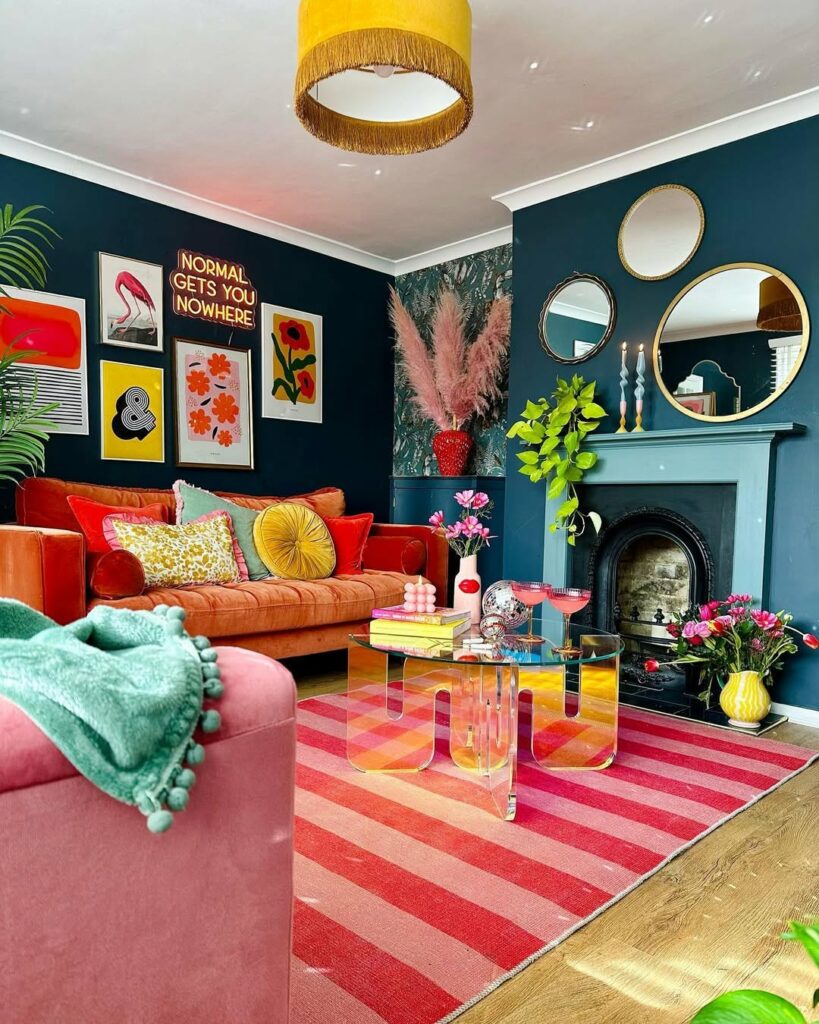
This approach plays to our brain’s reward system: certain colors and textures can literally stimulate our feel-good neurotransmitters. In effect, design becomes a form of emotional architecture—curating happiness, not just appearances.
What Sets It Apart from Minimalism
Greige minimalism promised tranquility and clarity, yet couldn’t offer escapism or delight. Dopamine decor, in contrast, celebrates contrast, curiosity, and personality. As Saniya Kantawala observes, the aesthetic may feel exuberant, but there’s an underlying harmony: “While it may seem chaotic, it still follows a pleasing visual grammar.”
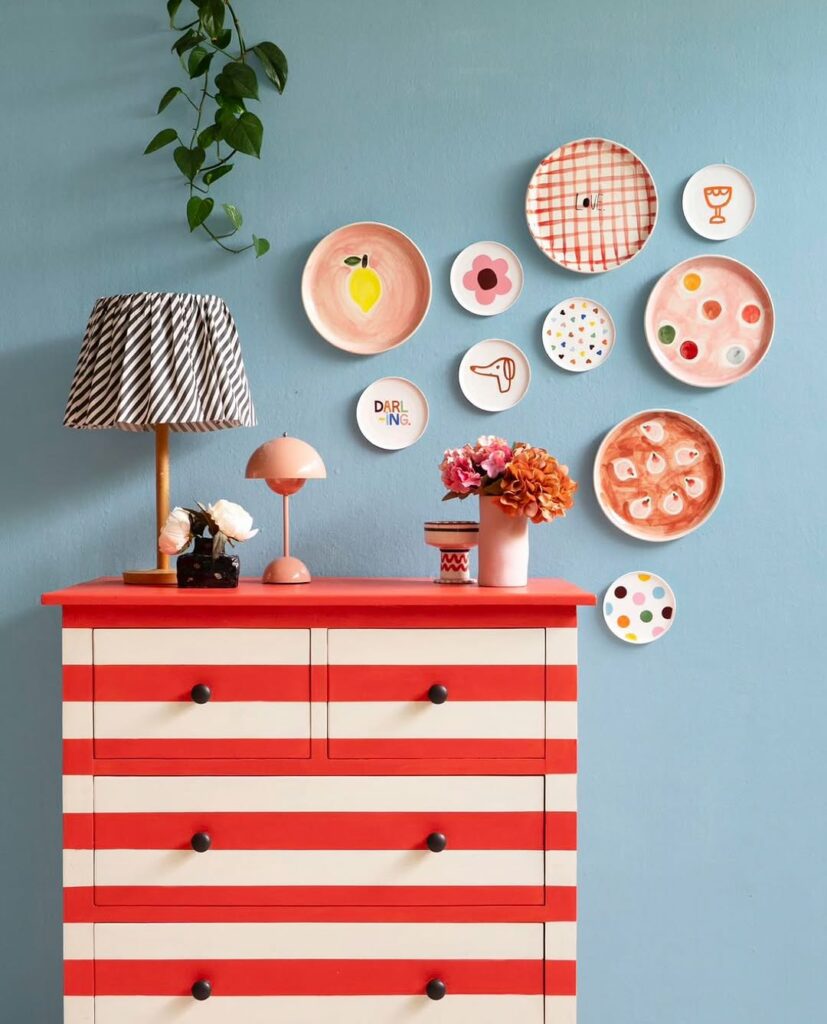
Similarly, Sarah Tiedeken notes that although the trend replaces neutrality with exuberance, every element—from patterns to textures to colors—must “attend the same party” to feel cohesive. This isn’t visual bedlam; it’s a joyful symphony carefully composed.
Infusing Joy with Color, Memory, and Texture
The most potent interiors don’t just look good—they feel like home. Many people gravitate toward colors that evoke joy, nostalgia, or comfort—whether it’s a bubblegum pink that recalls childhood, or a sunset orange that sparks creativity. Histories and stories embedded in objects—be it vintage glassware or a travel souvenir—amplify emotional connection.
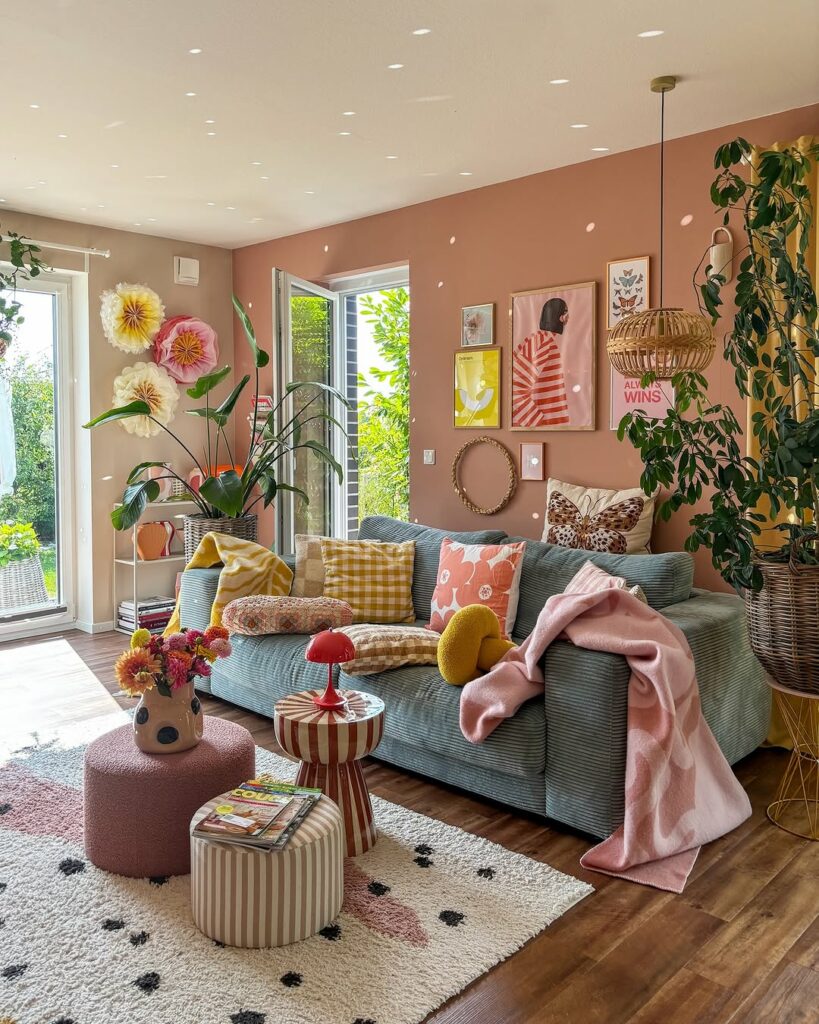
Adding tactile elements—velvet cushions, woven rugs, sculptural lamps—turns spaces into immersive, sensorial retreats. Lighting, too, plays a pivotal role; layering ambient and task lighting can shift mood at will, enhancing the emotional dimension of a room.
The Emotional Grounding of Intentional Playfulness
This trend underlines a cultural moment: after years of uncertainty, we’re choosing to fill our home environments with optimism and personal expression. As Kimberly Poppe puts it, decor isn’t just for curated Instagram shots—it’s meant to support, surprise, and nurture. A burst of saturated color, a quirky vintage find, a lush textile—they’re not stylistic afterthoughts; they’re emotional anchors.
Through thoughtful combination of hue, texture, and meaning, dopamine decor transforms everyday surroundings into joyful escapes—tailored to reflect and uplift the individual living within.
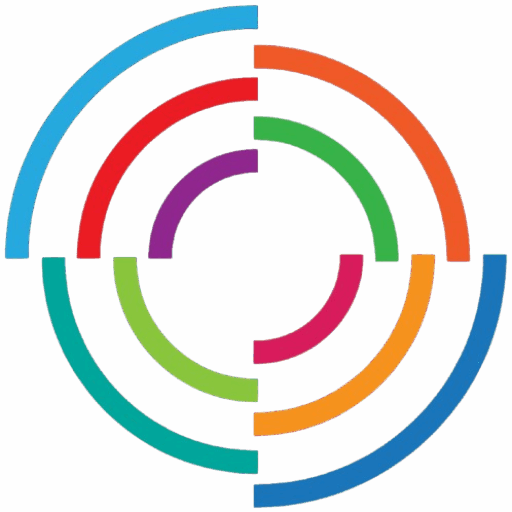
Enfeite Decora is a digital publication dedicated to inspiring and informing enthusiasts of architecture, interior design, and gardening. The editorial team (credited in the content) includes specialized writers, landscape designers, gardeners, and individuals passionate about transforming spaces.
Content Curator: Cláudio P. Filla | Advertising Professional & Social Media Manager
Email: [email protected]

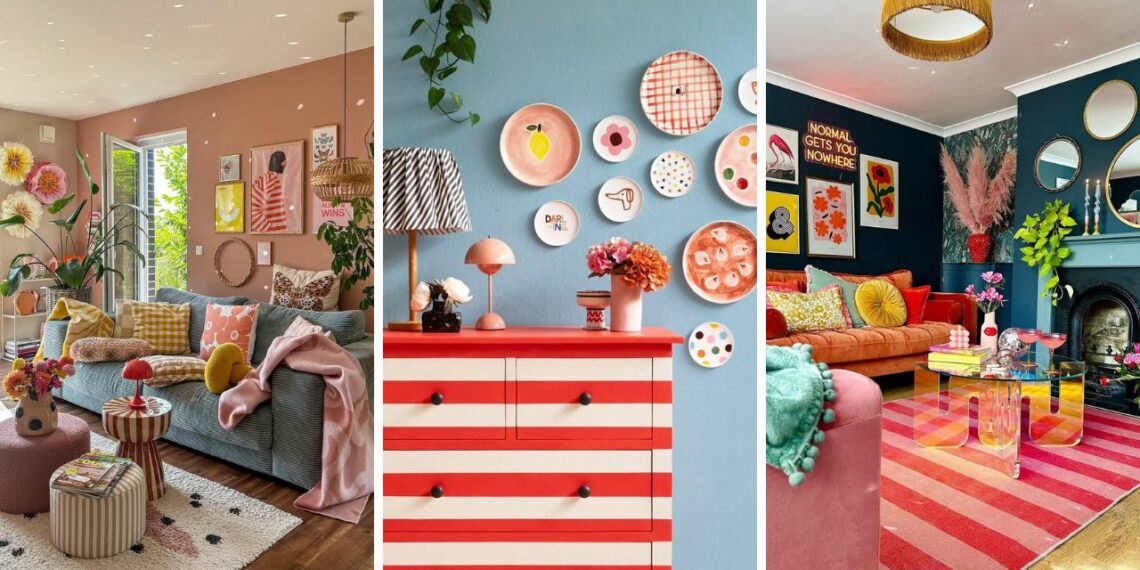
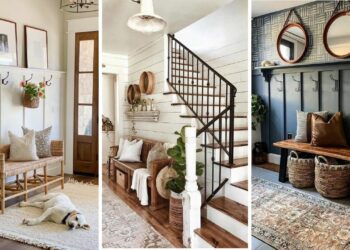
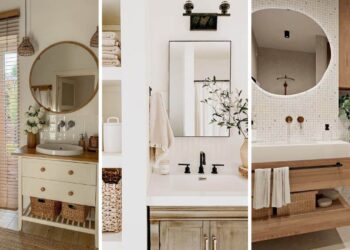
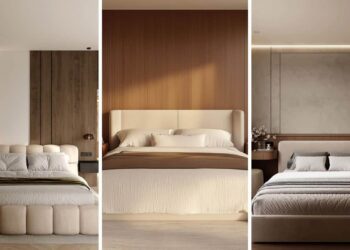
Discussion about this post